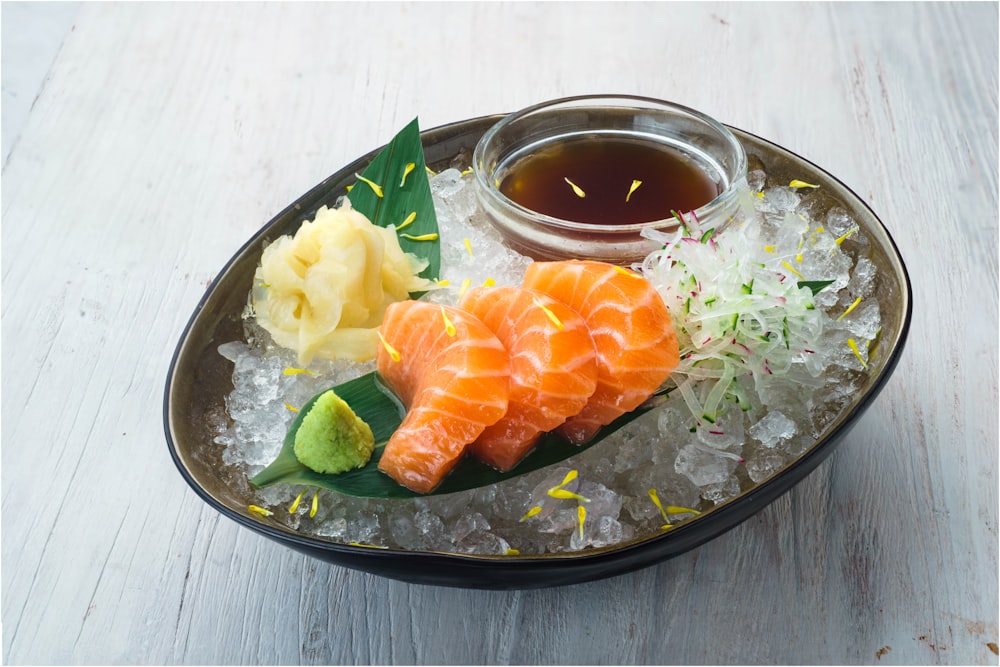
The reason many people incorporate foods rich in magnesium into their diet is because of the wide array of health benefits associated with magnesium. Magnesium is an essential mineral and macronutrient that we need for optimal health. That’s why magnesium deficiencies come with a significant range of health conditions.
Magnesium consumption is important for brain health, mood, bone health, nerve function, calcium absorption, metabolism of food, and more. Thankfully, there are many foods rich in magnesium that you can add to your grocery list immediately.
1. Avocados
Avocado is one of the most popular choices of foods rich in magnesium. One regular-sized avocado provides your body with approximately 58 mg or 15% of the daily recommended amount of magnesium. Since avocados are also an excellent source of B vitamins, vitamin K, fibre and potassium, it’s definitely healthy to eat more avocados.
Luckily, there are so many different ways to enjoy eating an avocado. Many people put them in smoothies (and they make smoothies extra creamy, too.) Avocado toast is another very popular choice of chopped avocados in a salad.
2. Cashews

Not only are cashews delicious, but they’re a fantastic source of magnesium, too. Did you know that cashews contain 82 mg of magnesium in a single one-ounce serving? That’s 20% of your recommended daily intake of magnesium.
While cashews should not be eaten in extremely high quantities, a one-ounce serving is perfect. That’s about 18 cashews, for reference.
3. Raw Cacao
This is a natural, plant-based superfood derived from Amazonian tree fruit. Raw cacao is rich in magnesium, zinc, iron, and a great source of antioxidants.
Cocoa powder isn’t nearly as healthy or as high in magnesium as raw cacao powder, because it is chemically processed. It is made by roasting cacao beans first. This process loses many nutrients, flavonols and antioxidants.
Raw cacao powder is a great ingredient to add to a morning smoothie to give yourself a health boost.
4. Black Beans
Legumes are very high in magnesium, and legumes include black beans, lentils, soybeans, peas and chickpeas. One cup of black beans, for example, contains an incredible 120 mg of magnesium which is 30% of your recommended daily intake right there. These yummy beans are also a fantastic source of protein, potassium, fibre and iron.
It’s very common to use black beans in soups, chilli and stews. Black beans also taste great in burritos, wraps and veggie burgers.
5. Salmon, Halibut or Mackerel
It’s the fatty fish that are high in magnesium, which includes salmon, halibut and mackerel. 180 grams of salmon has about 13% of the recommended daily intake of magnesium. This is about half of one salmon fillet, for reference.
Fatty fish also happen to be fantastic sources of Omega-3 fatty acids, and excellent sources of protein.
6. Dark Chocolate
If it’s pure dark chocolate, then chocolate can be an especially great source of magnesium. You’ll get approximately 220 mg of magnesium per 100 grams of dark chocolate. That’s about the quantity in one small dark chocolate bar. Dark chocolate also provides your body with antioxidants, iron, and prebiotic fibre.
As this is technically a dessert that contains sugar, you should try to eat dark chocolate in small quantities. It’s best to look at the label of a dark chocolate bar in a store before you buy it. Choose a brand that states that the bar is made with at least 70% cocoa.
7. Tofu
Vegans and vegetarians love tofu as a meat alternative and excellent protein source, but non-vegetarians enjoy it, too. Perhaps you didn’t know that tofu is high in magnesium. Earlier, we mentioned how legumes such as black beans and soybeans are foods rich in magnesium. Tofu is made from soybean milk. A 3.5-ounce portion of tofu contains about 50 mg of magnesium which is about 13% of your recommended daily intake.
Tofu tastes amazing when it’s marinated and tossed in a frying pan in cubes. It’s a delicious addition to stir-frys, but it can also be made into a delicious dessert. The cool thing about tofu is how versatile it is, and how many ways it can be enjoyed both savoury and sweet. Many people make ice cream and pudding with tofu.
8. Pumpkin Seeds

Have you ever roasted pumpkin seeds after Halloween and enjoyed their delicious taste and texture? You can eat pumpkin seeds all year long, and perhaps you should, given their magnesium content. In a single one-ounce serving, pumpkin seeds contain a whopping 150 mg of magnesium. That’s nearly 50% of your recommended daily intake of magnesium right there.
9. Dark, Leafy Greens
It’s time to start adding spinach to your omelettes and kale to your smoothies. Dark, leafy greens are examples of foods rich in magnesium, but also rich in iron. One cup of cooked spinach contains about 40% of your recommended daily intake of magnesium, which is pretty amazing. The plant-based energy you receive from dark greens also is great for your daily health and productivity.
10. Bananas

Everyone loves the convenience of a banana. It’s such a quick and easy fruit to throw in your bag and it’s perfect for busy people who are always on the go. (Bananas also taste awesome.) Luckily, this convenient, affordable and delicious fruit is one of the foods rich in magnesium. One banana contains approximately 37 mg of magnesium, and it also contains vitamin C, vitamin B6, fibre, and potassium.
Are You Curious Which Vitamins and Minerals Your Body Has Higher Needs of?
Did you know that based on your genetics, you might have higher needs for certain vitamins and minerals? This means that you might be genetically more likely to be at risk for deficiencies in certain essential vitamins and minerals. Your CircleDNA report will give you a personalized dietary profile based on your DNA, which includes a list of some of the vitamins and minerals you should watch for deficiencies in. This way, you’ll know which ones to consume more of, and you’ll have a better understanding of your optimal diet (and your optimal grocery list.) Your body (and your brain) will thank you for paying attention to your appropriate consumption of these essential nutrients.






